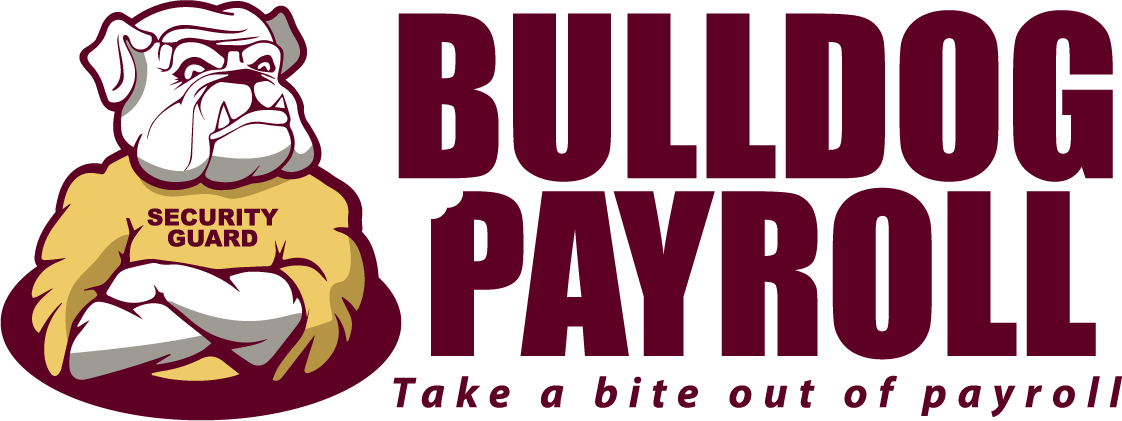The Most Common Questions About Year-End Payroll
Year-end payroll can be a major source of stress and frustration. With so many different payroll tax forms to file, reports to run, and information to verify, it's easy to get overwhelmed. But with the right preparation and understanding, you can make sure your payroll processes run smoothly and avoid any compliance issues. The biggest challenge for small business owners is ensuring they have all the necessary information and reports ready before the year-end deadline.
So, are you tired of feeling stressed and unprepared when it comes to year-end payroll? Are you looking for a comprehensive solution to simplify the process? If so, you've come to the right place. In this article, we'll answer the most common questions about year-end payroll so you through the most important steps of year-end payroll and provide you with a
checklist to make can make sure nothing falls through the cracks. Whether you're a small business owner who's new to payroll or just need a refresher, this article is designed to help you succeed. So, let's get started and take control of your year-end payroll!
What is Year-End Payroll?
Year-end payroll is a critical aspect of financial management for any business, large or small. It involves a comprehensive
calculation of employee salaries, bonuses, and other forms of compensation earned over the course of the year. Furthermore, it also involves the preparation and distribution of necessary tax forms, such as W-2, W-3, 1099-NEC, 1096, 940, 941, 944, and 1095-B. The importance of accurate and timely year-end payroll processes cannot be overstated, as it helps ensure that employees receive their fair compensation and that the proper taxes are withheld and paid to the relevant agencies.
According to the
Small Business Administration (SBA), there are approximately 30.7 million small businesses in the United States, representing 99.9% of all U.S. businesses. It's crucial for these businesses to stay on top of their year-end payroll processes to maintain compliance with federal, state, and local tax laws.
What Information is Needed and Why to Complete Year-End Payroll?
Here’s the list of the most important information that small business owners need to gather and consider when completing their year-end payroll:
- Employee names and Social Security Numbers (SSNs) - Employee names and SSNs are used to accurately identify employees and link their payroll records to their tax records. It's important to verify that this information is up-to-date and accurate before year-end to avoid any mistakes or discrepancies.
- Employee addresses and phone numbers - Employee addresses and phone numbers are used to properly deliver W-2s and other tax forms. It's important to verify that this information is up-to-date and accurate before year-end to ensure that employees receive their forms in a timely manner.
- Payroll data - This includes information on employee salaries, bonuses, and other forms of compensation, as well as taxes withheld and paid, and any other deductions. This information is used to calculate the total compensation and taxes owed for each employee for the year.
- Retirement contributions - If a small business offers a retirement plan, they'll need to gather information on employee contributions and employer matching contributions for the year. This information is used to calculate the total contributions for each employee and to ensure that the proper taxes are withheld and paid.
- Workers' compensation reports - If a small business offers workers' compensation insurance, they'll need to gather information on employee injury and illness claims for the year. This information is used to calculate the amount owed for workers' compensation insurance premiums and to ensure that the proper taxes are withheld and paid.
- Paid time off (PTO) reports - If a small business offers paid time off, they'll need to gather information on employee PTO usage for the year. This information is used to calculate the amount owed for PTO and to ensure that the proper taxes are withheld and paid.
- Tax forms - Small business owners will need to gather the necessary tax forms for their employees, including W-2s, W-3s, 1099-NECs, 1096s, 940s, 941s, 944s, and 1095-Bs. These forms are used to report employee compensation and taxes to the relevant agencies.
The
Internal Revenue Service (IRS) has strict deadlines for submitting tax forms and paying taxes, and small business owners who miss these deadlines can face penalties and fines. According to the IRS, the failure-to-file penalty for Forms 941, 940, and 944 can be as much as 5% per month, up to a maximum of 25% of the taxes owed.
Is payroll a thorn in your side? Let us handle all the stress related to payroll so you don't have to...
What's The Purpose of a Year-End Payroll Report?
The purpose of a year-end payroll report is to provide an accurate record of an employee's total earnings and deductions for the year. This report is used by both the employer and the employee to calculate and file taxes, as well as to make sure that the employee has received the correct amount of compensation. The report typically includes information on the employee's gross pay, taxes withheld, Social Security and Medicare contributions, and any other deductions taken from their paychecks.
Having a comprehensive year-end payroll report is critical for compliance with tax laws and regulations. It helps ensure that the business pays the correct amount of taxes and that employees receive the full benefits they are entitled to. A well-prepared year-end payroll report can also be used to track the company's financial performance and identify any areas for improvement.
Does someone write the report?
The year-end payroll report is usually generated by the
payroll software or by the
payroll service provider. However, businesses can also produce this report manually if they prefer. The important thing is that the report is accurate and that all relevant information is included.
Who's even going to read it?
The year-end payroll report is read by employees, the Internal Revenue Service (IRS), and other relevant agencies. Employees will receive a copy of the report, which they will use to prepare their tax return. The report is also submitted to the IRS, which will use it to ensure that the correct taxes have been paid.
Do we have to do it?
Yes, year-end payroll is a mandatory process for all businesses. The IRS requires that businesses report all forms of income, including bonuses, severance pay, and other taxable benefits, to employees on W-2 forms. Failing to do so can result in significant penalties and fines, which can harm the financial stability of a small business.
Conclusion
Year-end payroll is a crucial aspect of any business's financial management. It requires careful preparation, attention to detail, and a solid understanding of payroll tax regulations. By following the steps outlined in this article, you can help ensure that your year-end payroll process runs smoothly and your employees receive accurate compensation and benefits.
If you're still feeling overwhelmed, consider partnering with a payroll services provider. Our team of experts will work with you to ensure that your year-end payroll is handled efficiently and accurately. So why wait?
Schedule a free consultation, and take control of your year-end payroll process.
Is payroll a thorn in your side? Let us handle all the stress related to payroll so you don't have to...










